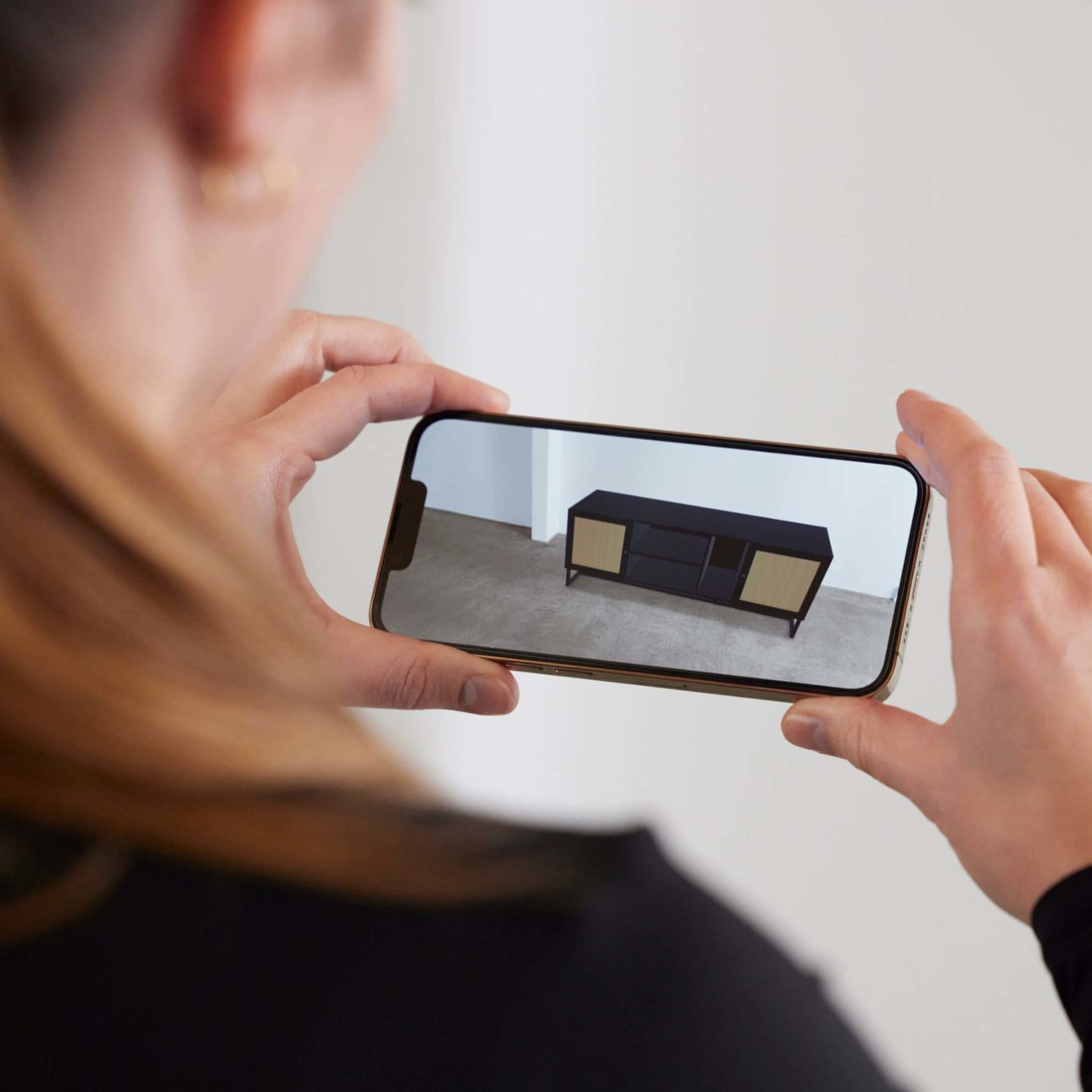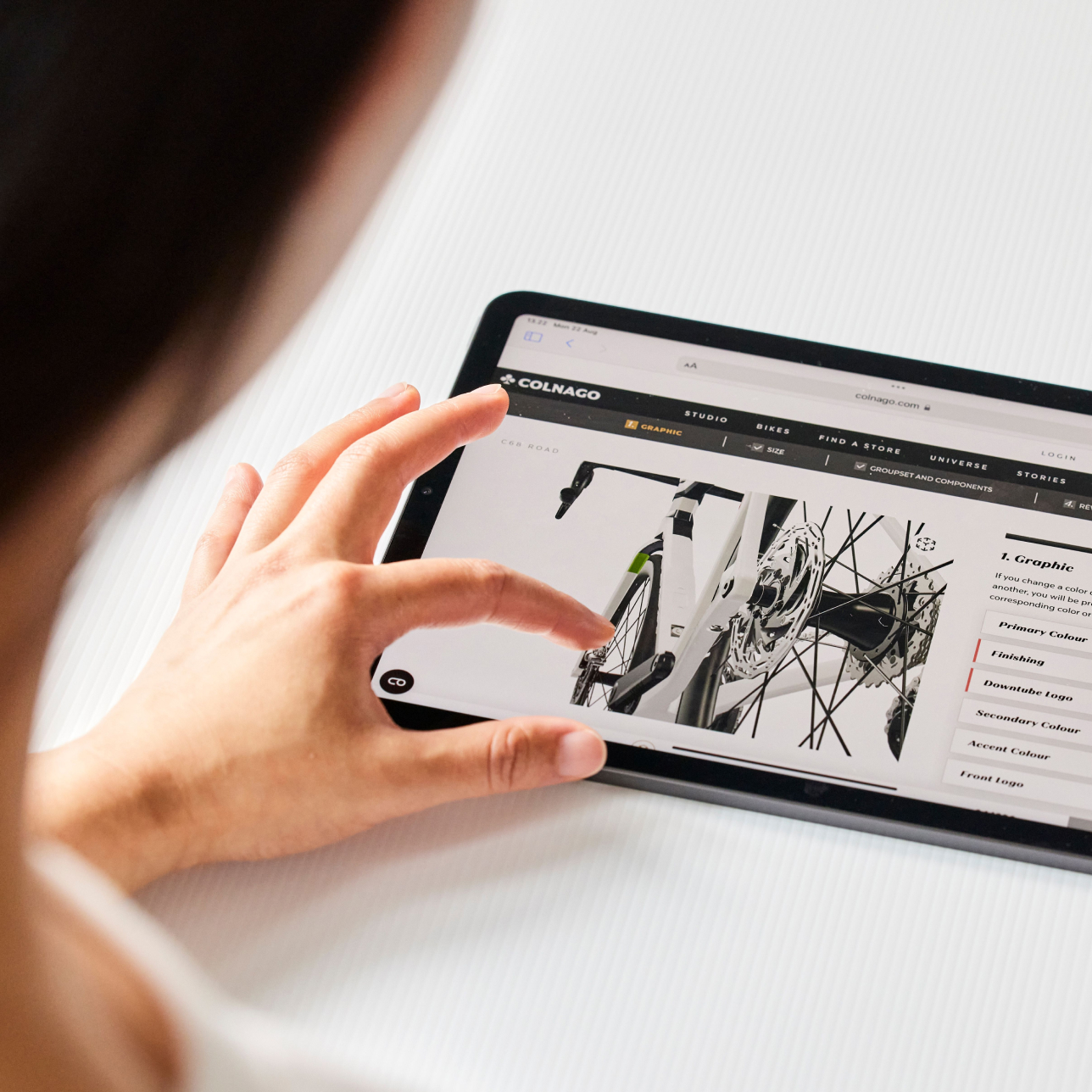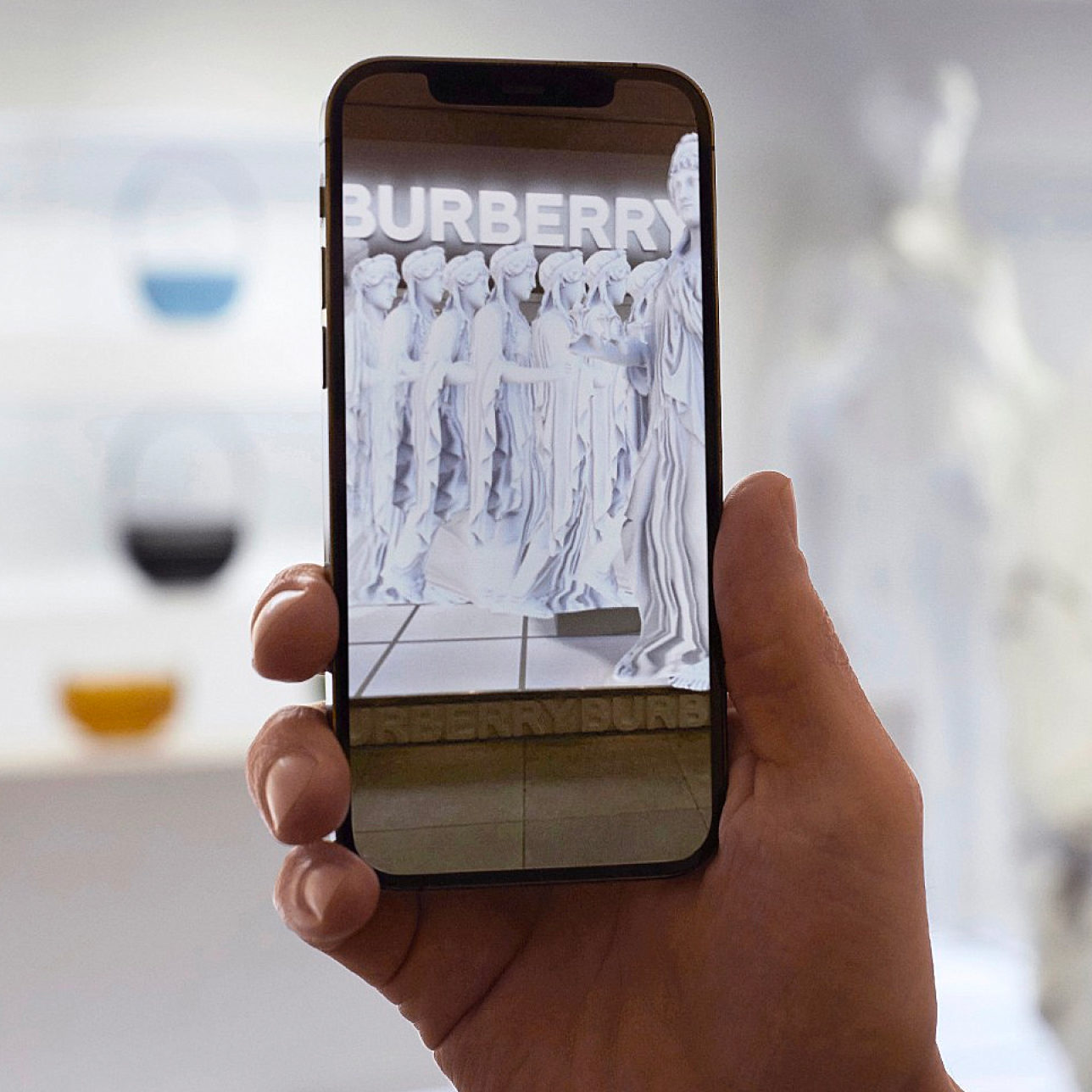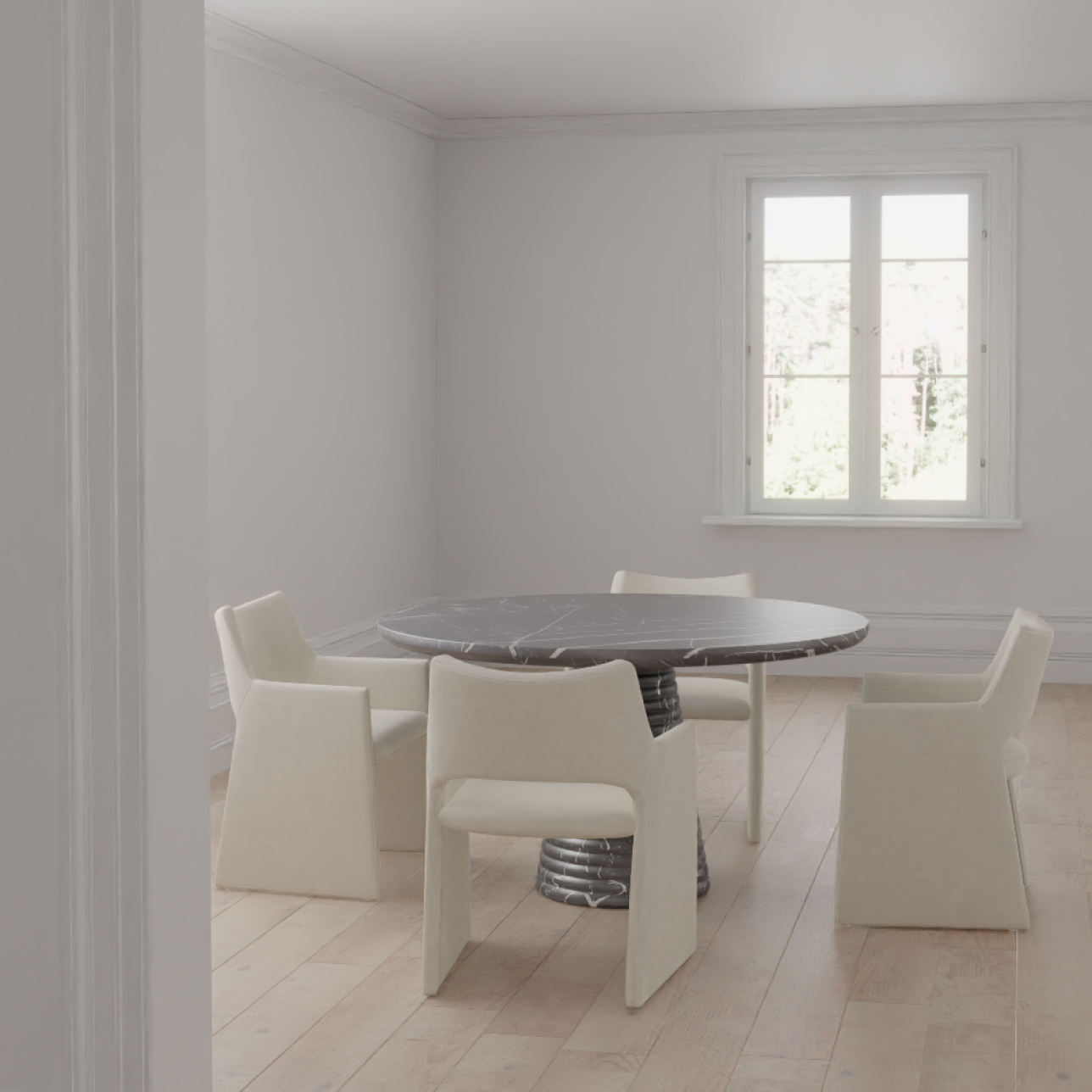3D for eCommerce: Why retailers are investing in interactive shopping experiences

For many online shoppers, static images and wordy product descriptions just don’t cut it anymore. They want to be able to explore products in detail, customize them, then visualize how they’ll look on their bodies and in their spaces.
This shift in consumer habits has forced retailers to find new ways to engage customers online while also offering a real-world experience.
So what are they turning to?
For an increasing number of brands, 3D and augmented reality (AR) tech is bridging the gap between online convenience and in-store fidelity.
Before diving into the details, let’s first clarify what we mean by 3D eCommerce…
What is 3D eCommerce?
Put simply, 3D eCommerce is the use of 3D visualization on eCommerce websites to create interactive online shopping experiences. Instead of just using a series of 2D product images, online shoppers can rotate and explore 3D rendered products with 360 degree and exploded views, as well as zoom in on details and customize features.
While 3D eCommerce in a basic sense focuses on the use of 3D models, it’s increasingly combined with and enhanced by AR technology. Prospective customers can take interaction to the next level by visualizing products in their real-world spaces, improving customer confidence by providing a more accurate sense of product size, scale and design.
As you will see, this level of exploration and interaction has shown to improve online engagement, enhance customer decision-making and makes online shopping feel as close as possible to a real-world, in-store experience.
“eCommerce is shifting fast… Customers want to interact with what they’re buying, especially in categories like fashion, home décor and beauty. Brands using AR fitting rooms or 3D product configurators see longer session times and fewer abandoned carts. It’s simple: the more real the product feels online, the easier the decision to buy.”
– Natalia Lavrenenko, Marketing Manager, Rathly.
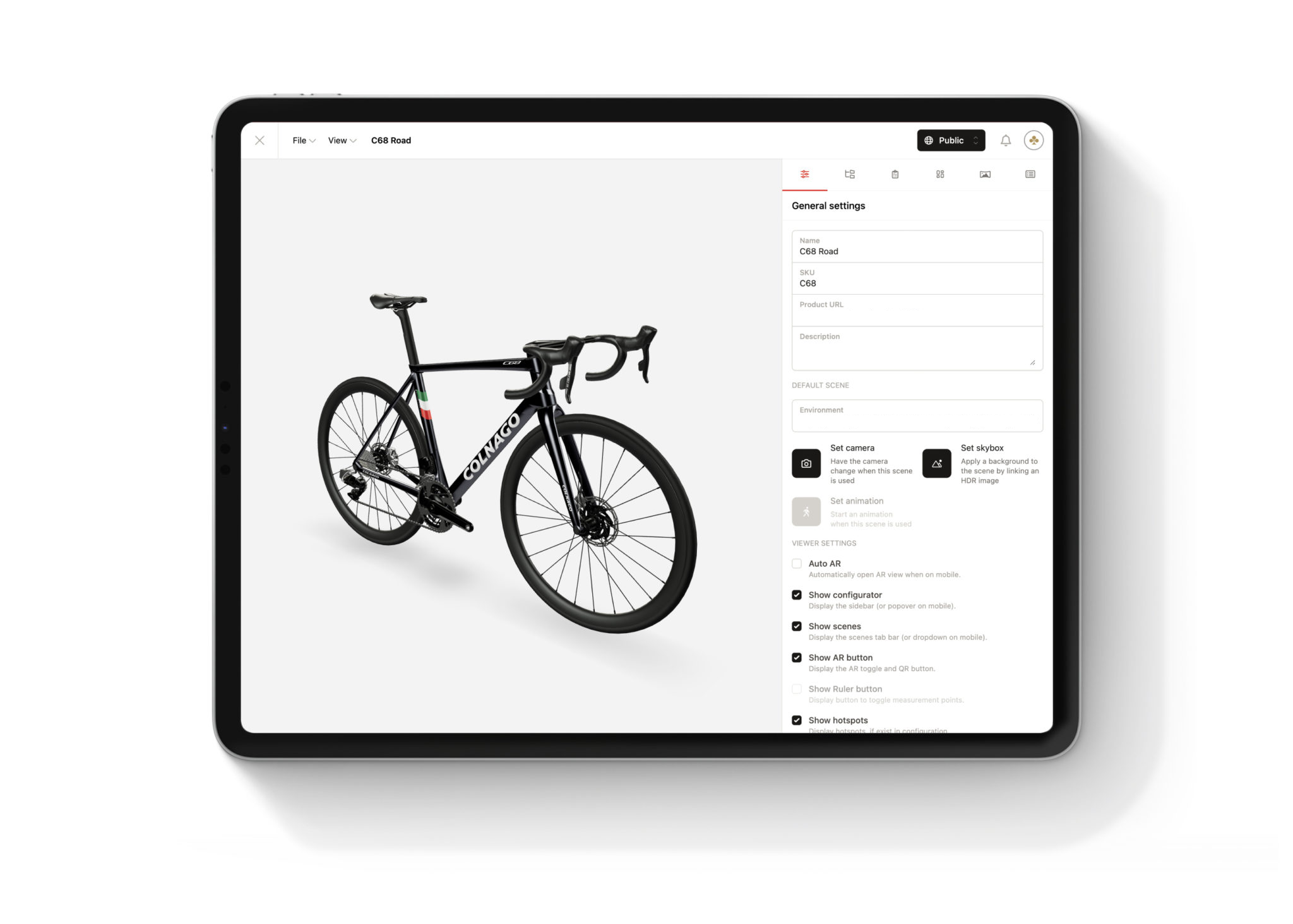
So why are retailers adopting 3D product visualization?
From multinational retailers to boutique online stores, brands of all sizes are facing a big challenge: how to showcase products effectively in an increasingly digital world.
Here are the primary reasons why many brands are turning to 3D and AR solutions.
- Increase Customer Engagement – presenting 3D models of your products allows customers to explore and configure them for a more interactive and personalized experience. This keeps visitors to eCommerce sites engaged longer and boosts buyer confidence. 60% of online shoppers say they’re more likely to buy a product if it’s presented in 3D or AR.
- Higher Conversion Rates – when customers can thoroughly explore a product and even visualize it in their space using AR, they are naturally going to feel more confident about their purchase. In fact, some brands using 3D and AR content on product pages have seen conversion rates increase by as much as 94%.
- Reduced Returns – product returns are an increasingly costly and unsustainable issue for online retailers. Often caused by unmet product expectations, 3D and AR visualization can minimize returns by letting shoppers see, explore and personalize what they’re buying. For example, Shopify reported a 40% decrease in returns when they starting offering 3D visualization for their products.
- Customizations & Personalization – many products come with customizable features, from jewelry and clothing to furniture and sports equipment. 3D product configurators let eCommerce site visitors personalize products in real time, adjusting colors, materials and features. This provides a more personal shopping experience that builds brand loyalty and sets brands apart from their competitors.
- Competitive Advantage – even though the 3D and AR tech market is growing at an impressive rate, brands that adopt these technologies will continue to stand out in a crowded and often unwieldy eCommerce landscape. Offering a more immersive, interactive shopping experience will attract and retain customers, giving early adopters a significant competitive edge.
- The Fun Factor – The interactive nature of 3D and AR adds an element of excitement to online shopping that shouldn’t be underestimated. While this novelty will inevitably diminish over time and with wider adoption, it currently provides early adopters with a competitive and innovative edge.
“Retailers are also turning to 3D and AR because they provide opportunities for brand storytelling, allowing businesses to convey their identity through dynamic visual experiences. Social media platforms further amplify these experiences, creating opportunities for brands to reach broader audiences and improve loyalty through shareable, engaging content. By integrating these tools, businesses not only lift customer experience but also carve out a distinctive brand presence in the market.”
– Rodney Moreland, Founder, Celestial Digital Services.
Brands already using 3D and AR in the eCommerce space
As online shopping evolves, many brands are turning to 3D and AR product visualization to showcase their products in new and engaging ways. These early adopters are redefining the eCommerce experience, offering customers a more interactive and engaging way to shop online.
Here are some noteworthy examples:
IKEA
The IKEA Place app uses AR to let customers visualize furniture in their homes and workplaces before making a purchase. (Did you know that London Dynamics was born out of the team that developed IKEA Place?).
AutoTrader
The online automotive marketplace allows users to view 3D and AR models of vehicles, providing a more interactive way to explore cars before visiting a dealership.
Nike
From letting fans virtually try on limited-edition Air Force 1s to integrating AR mirrors in-store, Nike’s pioneering partnership with Snapchat shows how 3D and AR can turn everyday shopping into an immersive brand experience.
Al Huzaifa
The luxury furniture brand integrates 3D and AR technology to allow customers to configure and visualize high-end furniture pieces in their homes, seamlessly blending style and space before purchase.
Sephora
Sephora’s Virtual Artist uses AR to let their customers try on makeup digitally, helping them choose cosmetic products that best suit their needs.
“With 3D and AR, customers can visually and interactively explore product details, leading to more informed purchasing decisions and fewer returns. This approach resonates especially in complex buying decisions, such as home furnishing or luxury goods, where understanding product dimensions and aesthetic is crucial.”
– Kiel Tredrea, President & CMO, RED27Creative.
The future of 3D for eCommerce
So what’s next for 3D eCommerce? We are already seeing widespread adoption and the data suggests that this innovation is far from a passing fad.
The 3D visualization market is anticipated to expand by 30% between 2024 and 2031, while eCommerce is expected to grow even faster, increasing by 39% to reach 8 trillion dollars by 2027.
With the 3D eCommerce market projected to grow rapidly in the coming years, innovation in 3D, AR, AI and virtual shopping environments will drive the next wave of digital commerce.
The following developments are poised to play a critical role in fueling this growth:
- Faster 3D Rendering & Real-Time Interactivity – Improved rendering and customization will make online shopping even more dynamic and lifelike.
- AI-Powered Personalization – AI will deliver tailored shopping experiences with 3D product visualizations based on customer behavior, preferences and interactions.
- Mobile & Wearable Device Compatibility – 3D and AR tech will be more accessible on smartphones and wearables will be part of daily life, allowing on-the-go interaction.
- Cross-Platform Experiences – Seamless transitions across devices, from smartphones to tablets to VR headsets, will make 3D and AR interactions more convenient and accessible.
- Enhanced Social Media Integration – Social platforms will use AR and 3D for more engaging marketing campaigns, product demos and direct shopping.
- Virtual Reality (VR) Integration – VR will create totally immersive online shopping experiences, offering consumers the chance to explore virtual stores and showrooms.
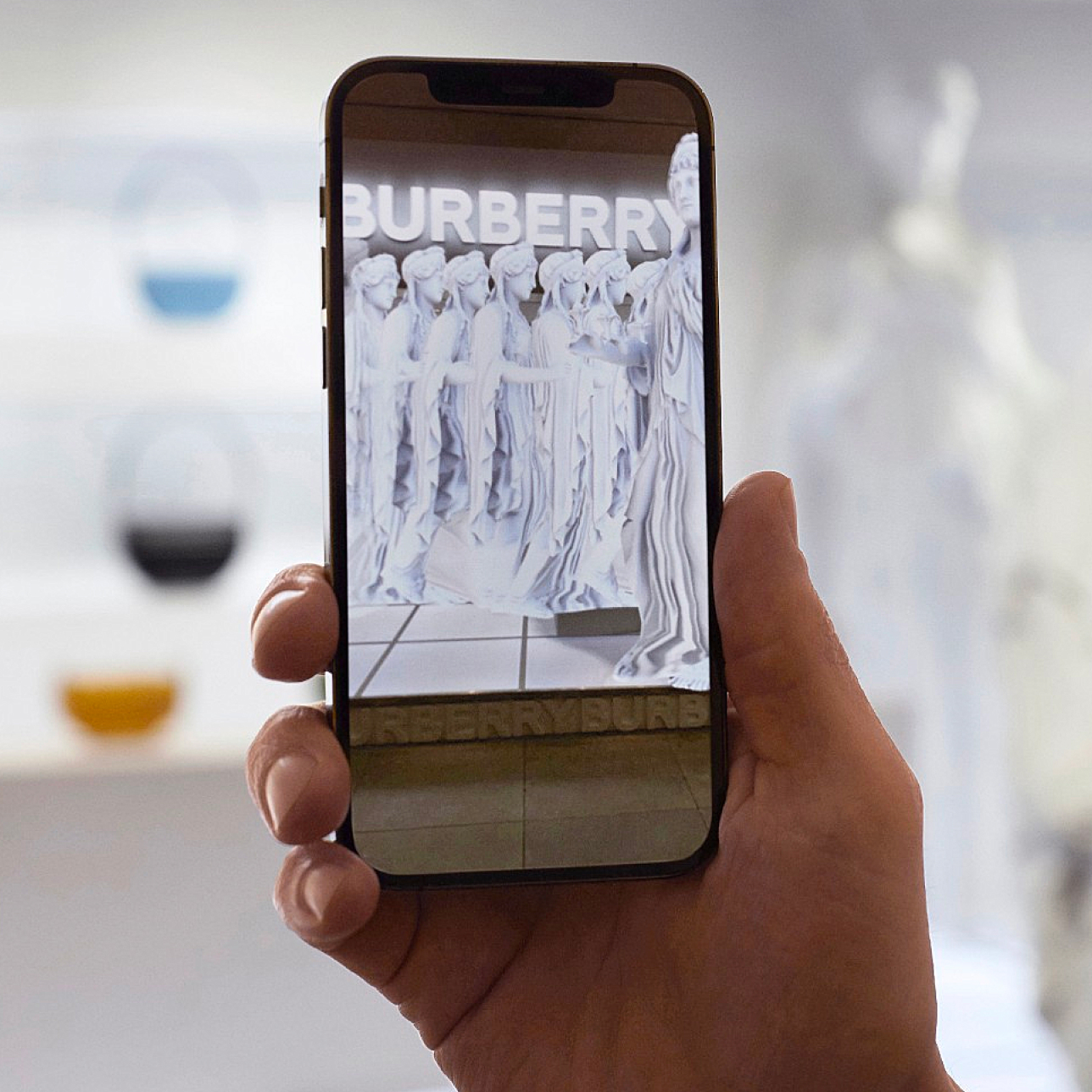
“Beyond engagement, these technologies are becoming essential in hyper-personalized shopping, where AI-driven recommendations integrate with AR to provide tailored experiences. As digital shopping evolves, real-time rendering, AI-enhanced customization and even virtual shopping assistants will make interactive experiences not just a competitive edge, but an expectation in eCommerce.”
– Anupa Rongala, CEO, Invensis Technologies.
Getting started with 3D product visualization
For eCommerce brands looking to capitalize on the benefits of 3D and AR technology, choosing the right platform is key.
Solutions such as London Dynamics provide cutting-edge but accessible 3D product configuration and AR visualization tools that integrate seamlessly with existing eCommerce platforms, helping brands of all sizes create engaging online shopping experiences that drive results – (just take a look at our case studies).
The future of eCommerce is interactive. Brands that embrace 3D visualization today will be much better positioned to meet evolving customer expectations, reduce returns and maximize sales in an increasingly competitive market.
Want to discover how 3D and AR can revolutionize your online store? Contact our team today to learn more.

Schedule a 30 minute introductory call with our team to learn more about the opportunities for your business.
Blog.
We’re working at the forefront of digital technology and believe in sharing knowledge within the industry to help elevate and unlock the power of 3D and AR.
